Data from Parker Solar Probe's fifth orbit around the Sun is now available to the public.
Data from Parker Solar Probe’s Fifth Orbit Now Available
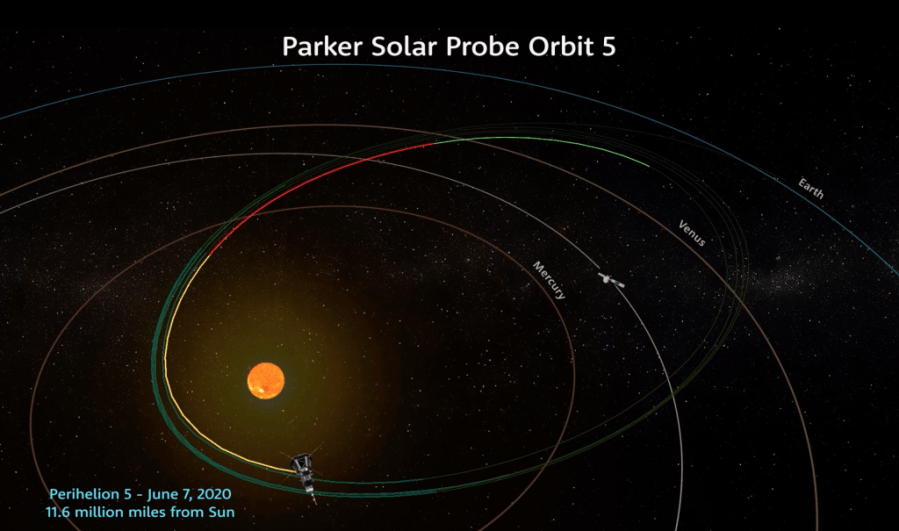

Data from Parker Solar Probe's fifth orbit around the Sun is now available to the public.
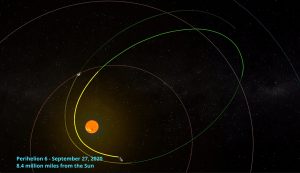
Zooming away from the Sun, NASA's Parker Solar Probe checked in with its operators on Earth early on Sept. 30, 2020, letting them know it's healthy and operating normally.
Propelled by a midsummer flyby of Venus, NASA's Parker Solar Probe has started yet another record-setting, science-gathering swing around the Sun, its sixth flyby of our star.
Just over a month after Parker Solar Probe marked two action-packed years in space, the mission to "touch" the Sun released another trove of data to the public on Sept. 15.
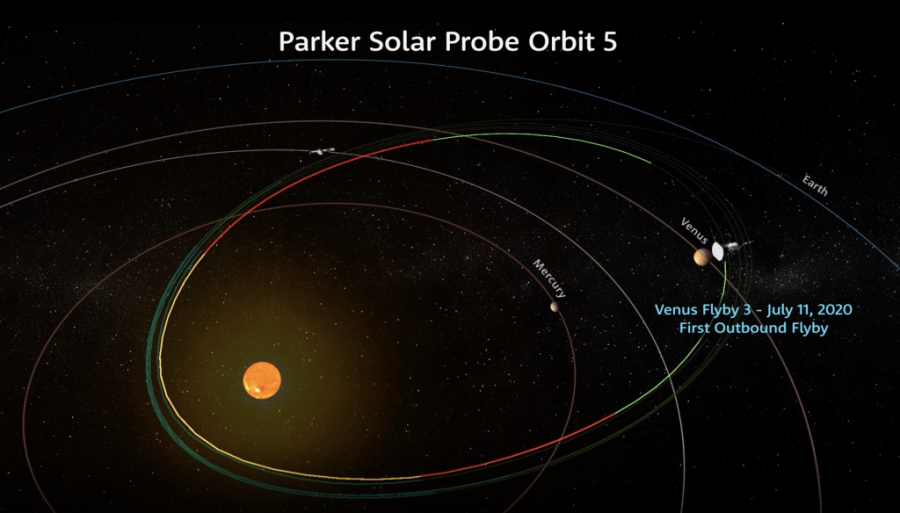
Coming off its fifth encounter with the Sun — and the mission's longest observation campaign yet — Parker Solar Probe is now headed toward Venus.

On June 9, 2020, NASA's Parker Solar Probe signaled the success of its fifth close pass by the Sun, called perihelion, with a radio beacon tone.
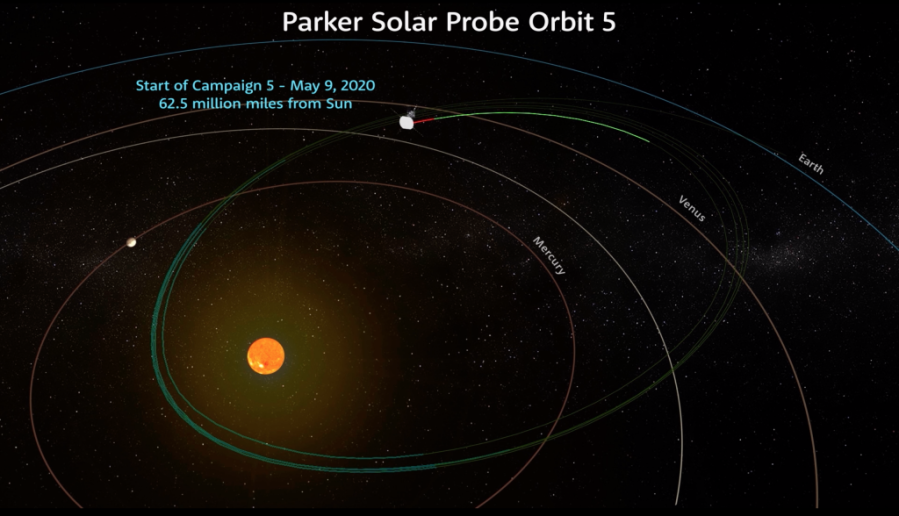
On May 9, 2020, NASA's Parker Solar Probe began its longest observation campaign to date.
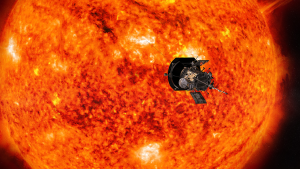
NASA's Parker Solar Probe team released a second collection of science data to the public on April 14, 2020.
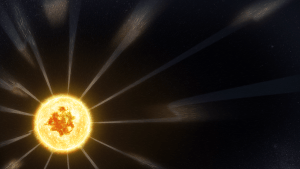
Researchers using Parker Solar Probe data released a new wave of research papers in a special supplement of The Astrophysical Journal on Feb. 3, 2020.
NASA's Parker Solar Probe is healthy and operating as designed following its fourth close approach to the Sun, called perihelion, on Jan. 29.